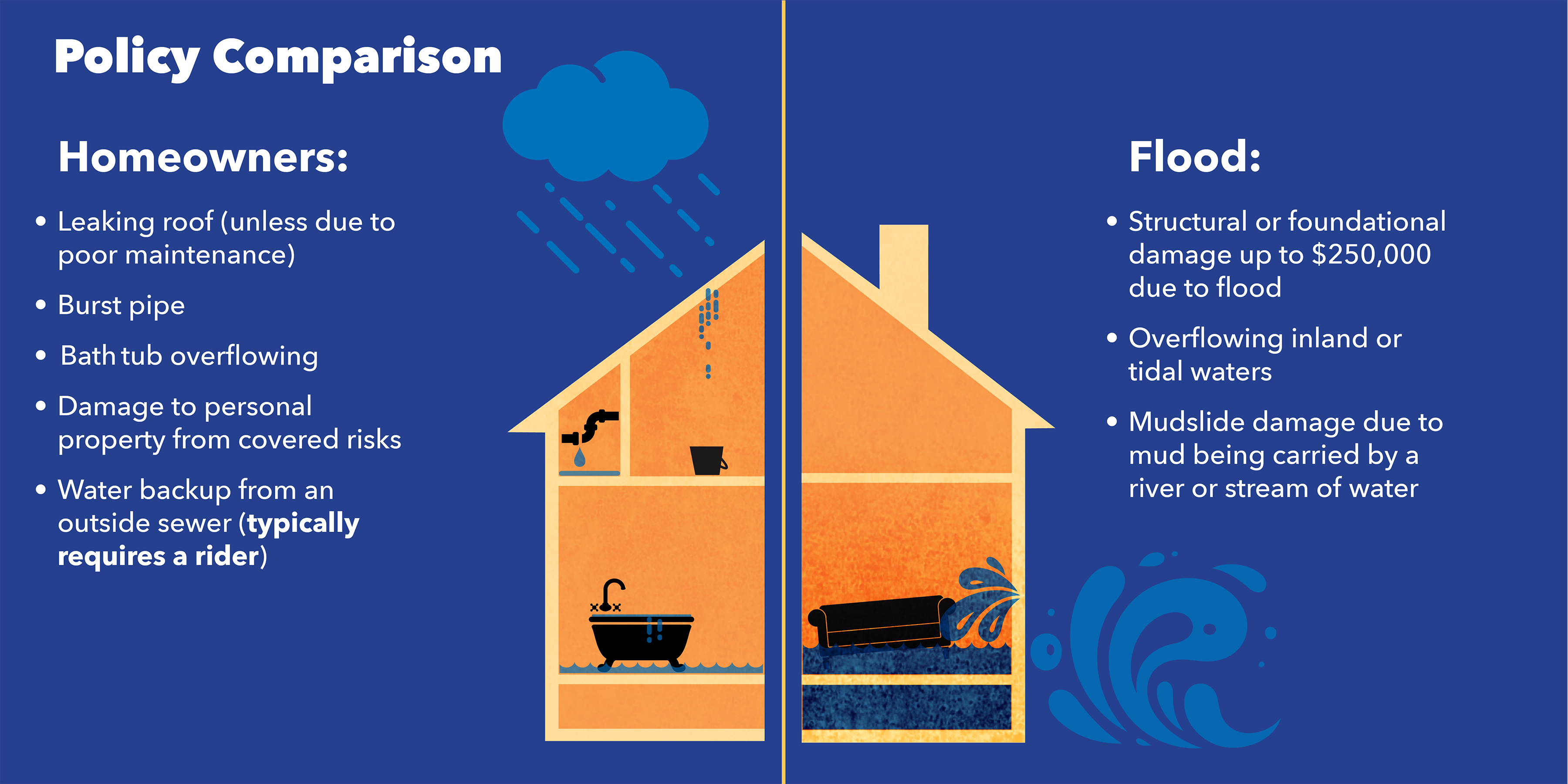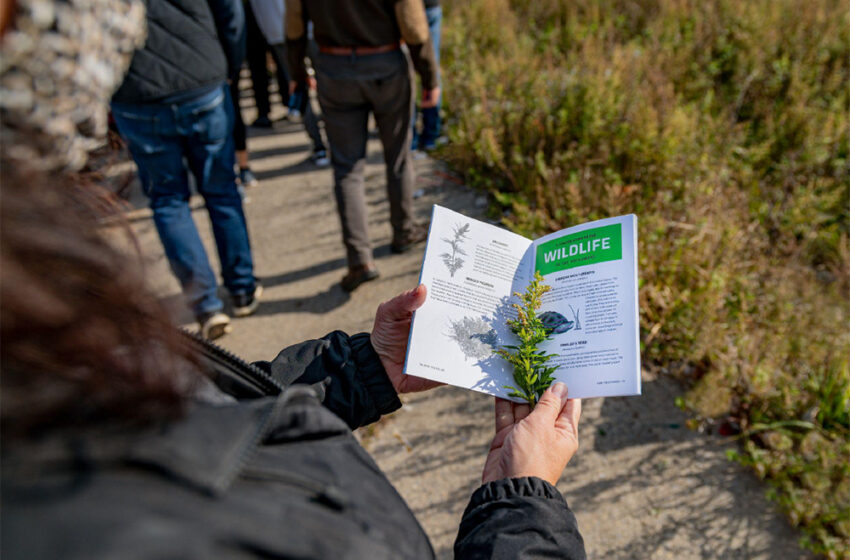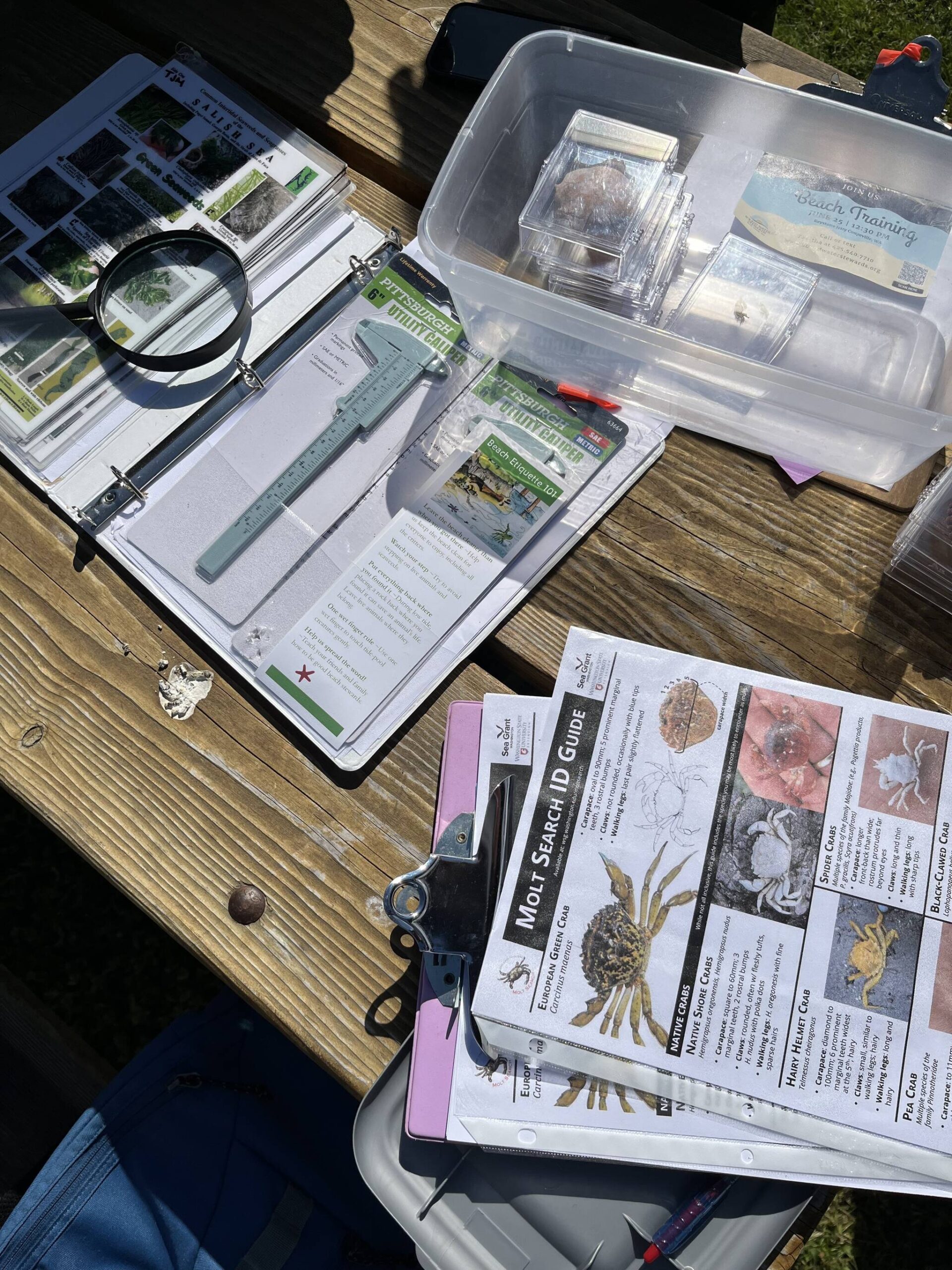Understanding Flood Alerts: A Comprehensive Guide

Table of Contents
What are Flood Alerts and How Do They Work?
Flood alerts are crucial warnings issued by meteorological agencies and local authorities to inform the public about the potential for, or occurrence of, flooding. Understanding these alerts is the first step in flood preparedness. There are several types of alerts, each indicating a different level of threat:
- Flood Watch: Conditions are favorable for flooding. Be prepared to take action if flooding is imminent.
- Flood Warning: Flooding is occurring or is imminent. Take immediate action to protect life and property.
- Flood Advisory: Minor flooding is occurring or is imminent. Be aware of the potential hazards.
These alerts originate from various sources, including the National Weather Service (NWS) in the US, Environment Canada in Canada, and equivalent agencies in other countries. Local authorities also often issue alerts based on their specific geographic knowledge and monitoring. Dissemination methods include:
- NOAA Weather Radio: A dedicated weather radio provides 24/7 alerts and forecasts.
- Mobile Alert Systems: Many smartphones receive emergency alerts through their integrated systems (e.g., Wireless Emergency Alerts or WEA).
- Websites and Apps: Numerous weather websites and apps provide real-time alerts and forecasts.
Key Considerations:
- Differences between watch, warning, and advisory: A watch means be prepared, a warning means take action, and an advisory means be aware.
- How to sign up for alerts in your area: Check your local weather service website or emergency management agency for registration options.
- Importance of multiple alert sources: Relying on multiple sources ensures you receive alerts even if one system fails.
Understanding Flood Risk in Your Area
Knowing your flood risk is paramount. Some areas are inherently more prone to flooding than others due to factors like proximity to rivers, low-lying terrain, and historical flood patterns.
- Identifying areas prone to flooding: Look for areas near rivers, streams, lakes, or coastal regions. Low-lying areas and areas with poor drainage are also high-risk.
- Using flood maps and risk assessments: The Federal Emergency Management Agency (FEMA) in the US provides flood maps showing areas with varying flood risks. Similar resources exist in other countries.
- Importance of knowing your local flood history: Research past flood events in your area to understand the potential severity and frequency of flooding.
Practical Steps:
- Using FEMA flood maps: Access FEMA's Flood Map Service Center to check your property's flood risk.
- Checking historical flood data for your property: Contact your local municipality or historical society for flood records.
- Identifying natural flood indicators: Observe the landscape for signs like riverbanks, drainage patterns, and previous flood debris.
Preparing for a Flood: A Practical Guide
Proactive preparation is essential. Creating a comprehensive flood preparedness plan can significantly reduce the impact of a flood.
- Creating an emergency plan: Designate a meeting place and develop communication strategies in case of separation.
- Assembling an emergency kit: Include essential supplies like water, food, medications, first-aid kit, flashlights, and batteries.
- Evacuation procedures and routes: Identify potential evacuation routes and understand your local evacuation plan.
- Protecting your property: Elevate valuable items, secure outdoor objects, and consider flood barriers.
Actionable Steps:
- Creating a family communication plan: Establish contact points and strategies for communication during and after a flood.
- Packing an emergency kit with essential supplies: Ensure you have enough supplies for several days.
- Moving valuable items to higher ground: Protect irreplaceable items from potential water damage.
- Protecting electronic devices: Elevate or waterproof electronic devices.
During and After a Flood: Safety and Recovery
During a flood, prioritize safety. After the flood, focus on safe cleanup and recovery.
- Safety precautions during a flood: Evacuate if instructed, stay away from floodwaters, and never drive through flooded areas.
- Post-flood safety measures: Avoid contaminated water, check for structural damage before entering buildings, and be aware of potential hazards like downed power lines.
- Recovery steps: Contact your insurance company, explore government assistance programs, and document damages.
Post-Flood Actions:
- What to do if you are trapped by floodwaters: Call emergency services immediately and try to find a safe elevated location.
- Cleaning up after a flood safely and effectively: Use protective gear and follow safety guidelines for removing debris and contaminated materials.
- Filing an insurance claim: Document damage thoroughly and follow your insurance provider's claim procedures.
- Seeking government assistance programs: Inquire about available federal, state, or local assistance programs.
Utilizing Technology for Flood Alerts and Safety
Technology plays a significant role in flood preparedness and response.
- Using weather apps and websites: Many apps provide real-time alerts, forecasts, and radar imagery.
- Using social media responsibly: Social media can provide updates during a flood, but verify information before acting on it.
- Reliable communication plan for power outages: Have a backup communication method, like a satellite phone or a designated out-of-area contact person.
Technology Tools:
- Recommended weather apps: Explore apps like the NWS app (US), Environment Canada's app (Canada), or your region's equivalent.
- Reliable sources of flood information online: Check government websites, reputable news outlets, and emergency management agency websites.
- How to verify information received through social media: Cross-reference information with official sources before acting on it.
Conclusion
Understanding and heeding flood alerts is crucial for protecting lives and property. By preparing in advance, understanding your flood risk, and taking appropriate actions during and after a flood event, you significantly reduce your vulnerability. Don't wait for a flood warning; take control of your flood preparedness today. Sign up for flood alerts in your area and learn more about improving your flood safety. Remember to utilize available technology and resources to enhance your overall flood preparedness.

Featured Posts
-
 Court Rejects Trumps Case Against Elite Law Firms
May 26, 2025
Court Rejects Trumps Case Against Elite Law Firms
May 26, 2025 -
 Gravel Tech 2025 Paris Roubaix Massive Tires And Clever Hacks
May 26, 2025
Gravel Tech 2025 Paris Roubaix Massive Tires And Clever Hacks
May 26, 2025 -
 Dr Terrors House Of Horrors Behind The Scenes
May 26, 2025
Dr Terrors House Of Horrors Behind The Scenes
May 26, 2025 -
 Nome Do Filme Analise Da Cena E Frase Que Mudaram O Cinema
May 26, 2025
Nome Do Filme Analise Da Cena E Frase Que Mudaram O Cinema
May 26, 2025 -
 Alex Eala Targets Strong French Open Debut
May 26, 2025
Alex Eala Targets Strong French Open Debut
May 26, 2025
Latest Posts
-
 Citizen Scientists Exploring The Mysteries Of Whidbey Clams
May 30, 2025
Citizen Scientists Exploring The Mysteries Of Whidbey Clams
May 30, 2025 -
 Roastable Roots A Foraging Adventure With A Carrot Relative
May 30, 2025
Roastable Roots A Foraging Adventure With A Carrot Relative
May 30, 2025 -
 Investigating Whidbey Clams Citizen Scientists Lead The Way
May 30, 2025
Investigating Whidbey Clams Citizen Scientists Lead The Way
May 30, 2025 -
 Ameliorer La Mobilite Durable Au Vietnam Grace A La Cooperation Francaise
May 30, 2025
Ameliorer La Mobilite Durable Au Vietnam Grace A La Cooperation Francaise
May 30, 2025 -
 Emergency Red Tide Warning Cape Cod Beaches Closed
May 30, 2025
Emergency Red Tide Warning Cape Cod Beaches Closed
May 30, 2025
